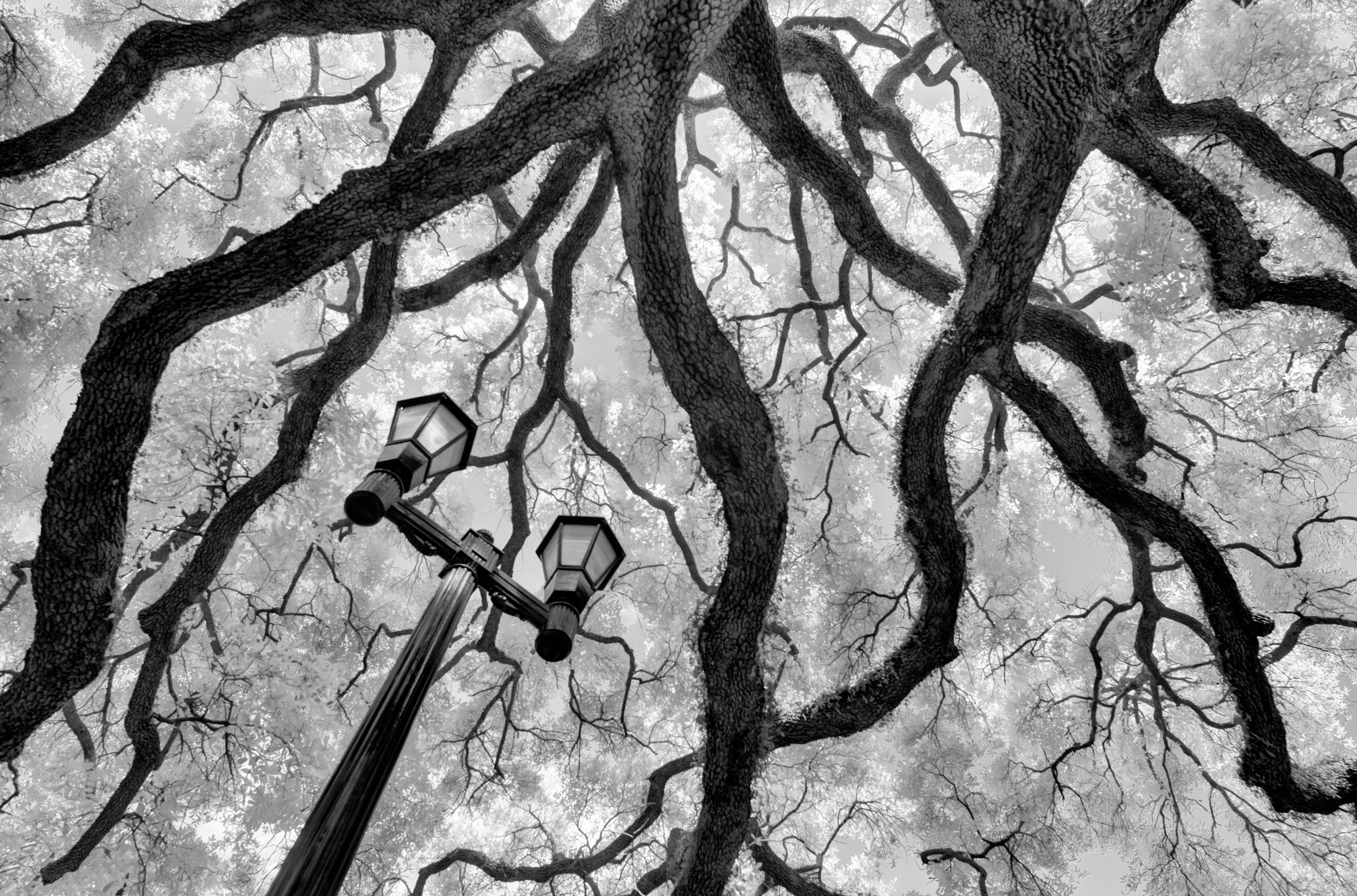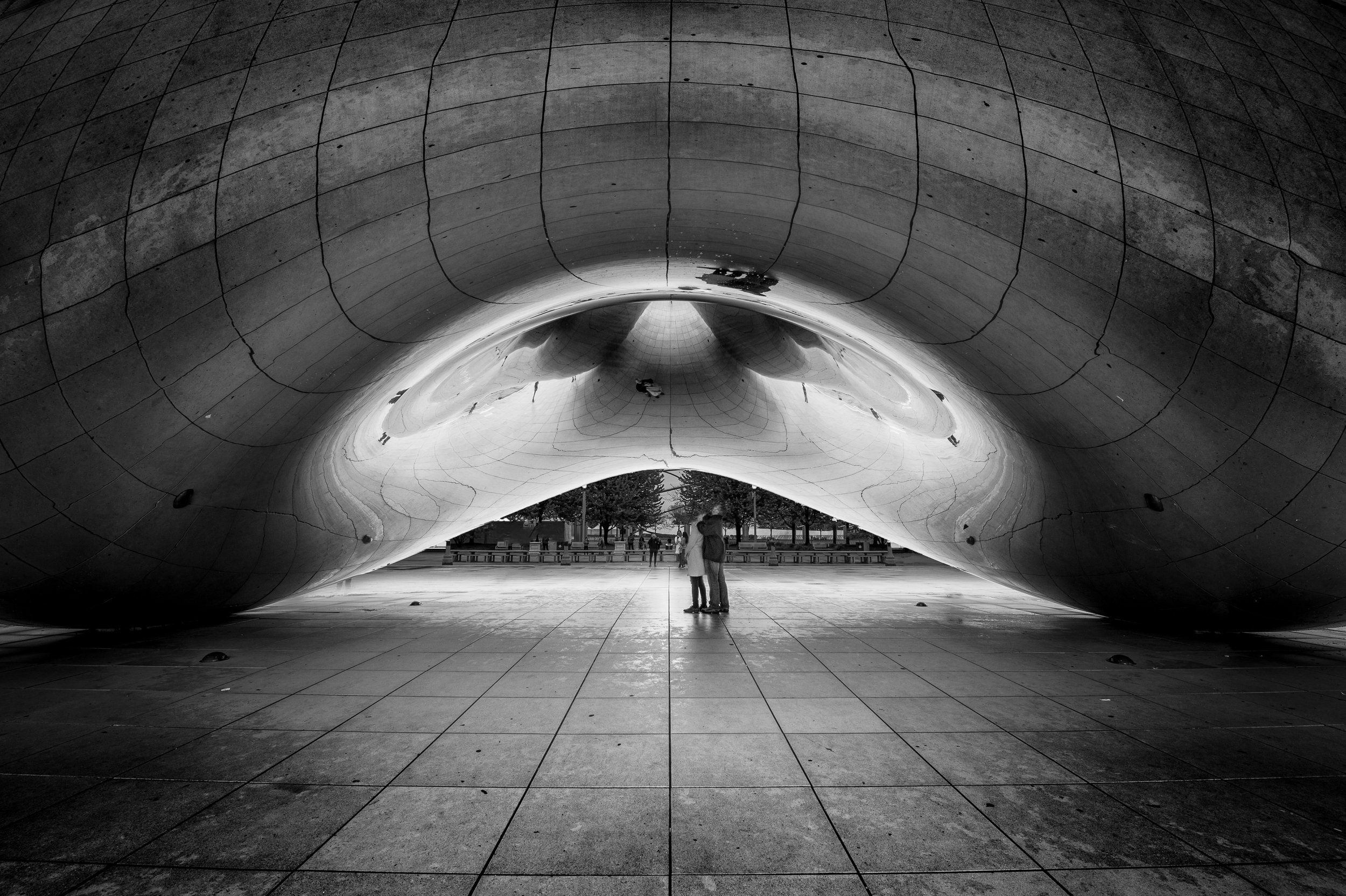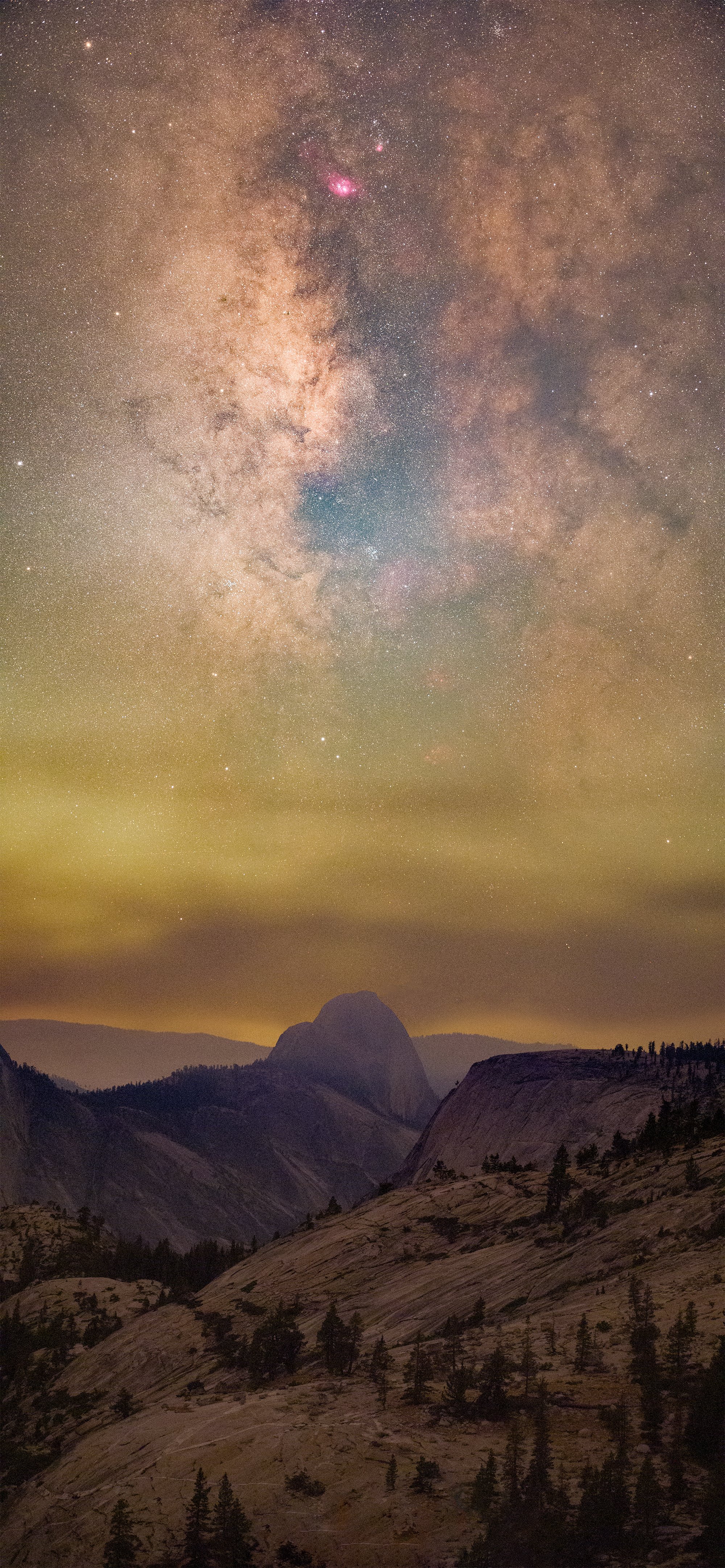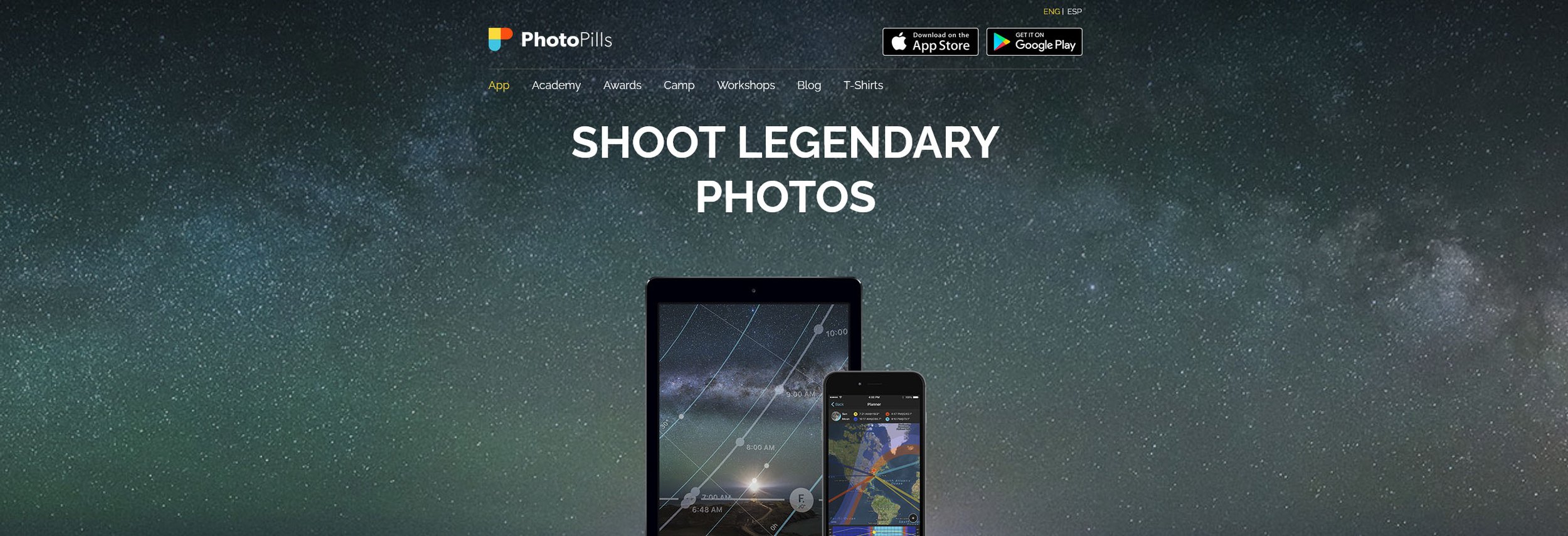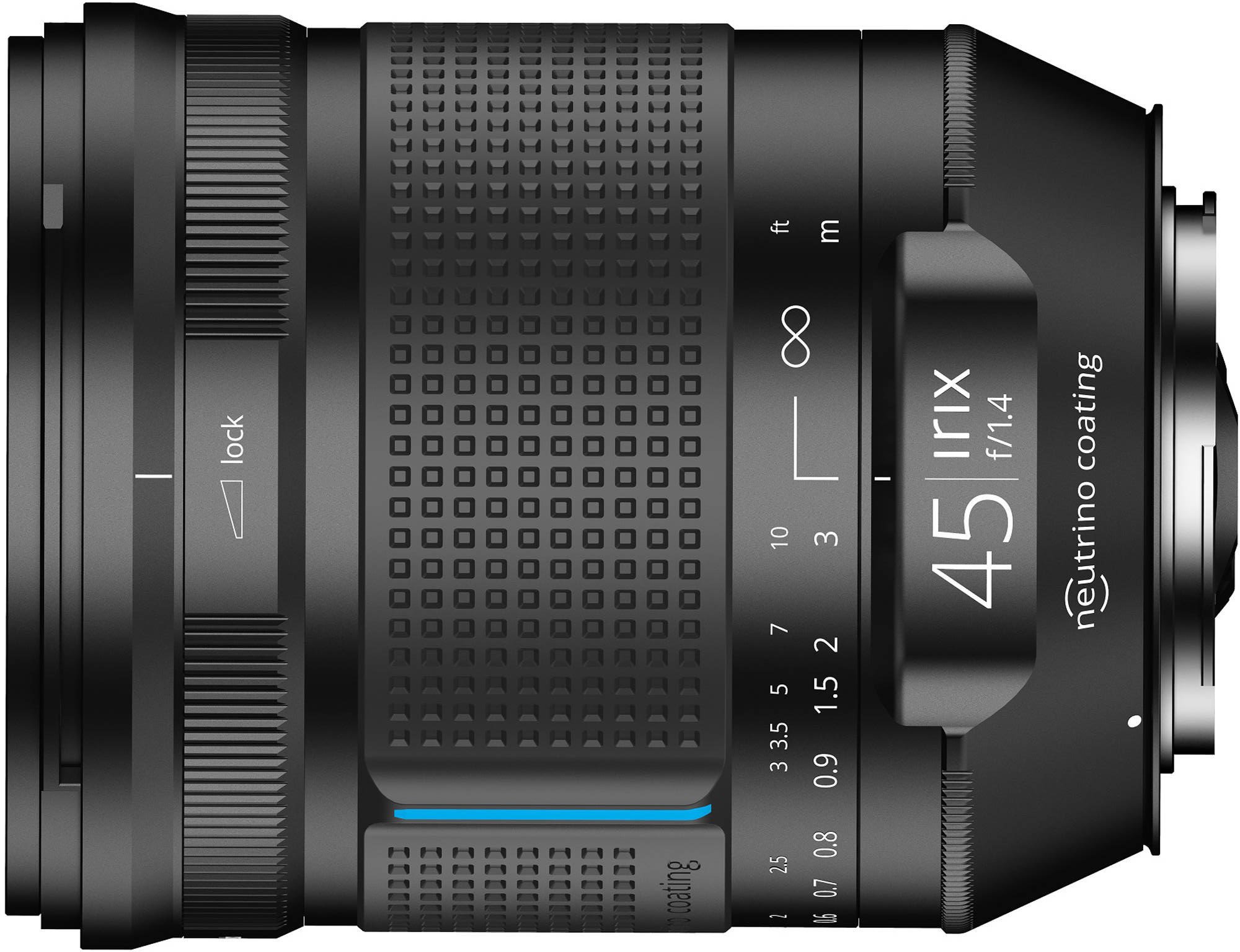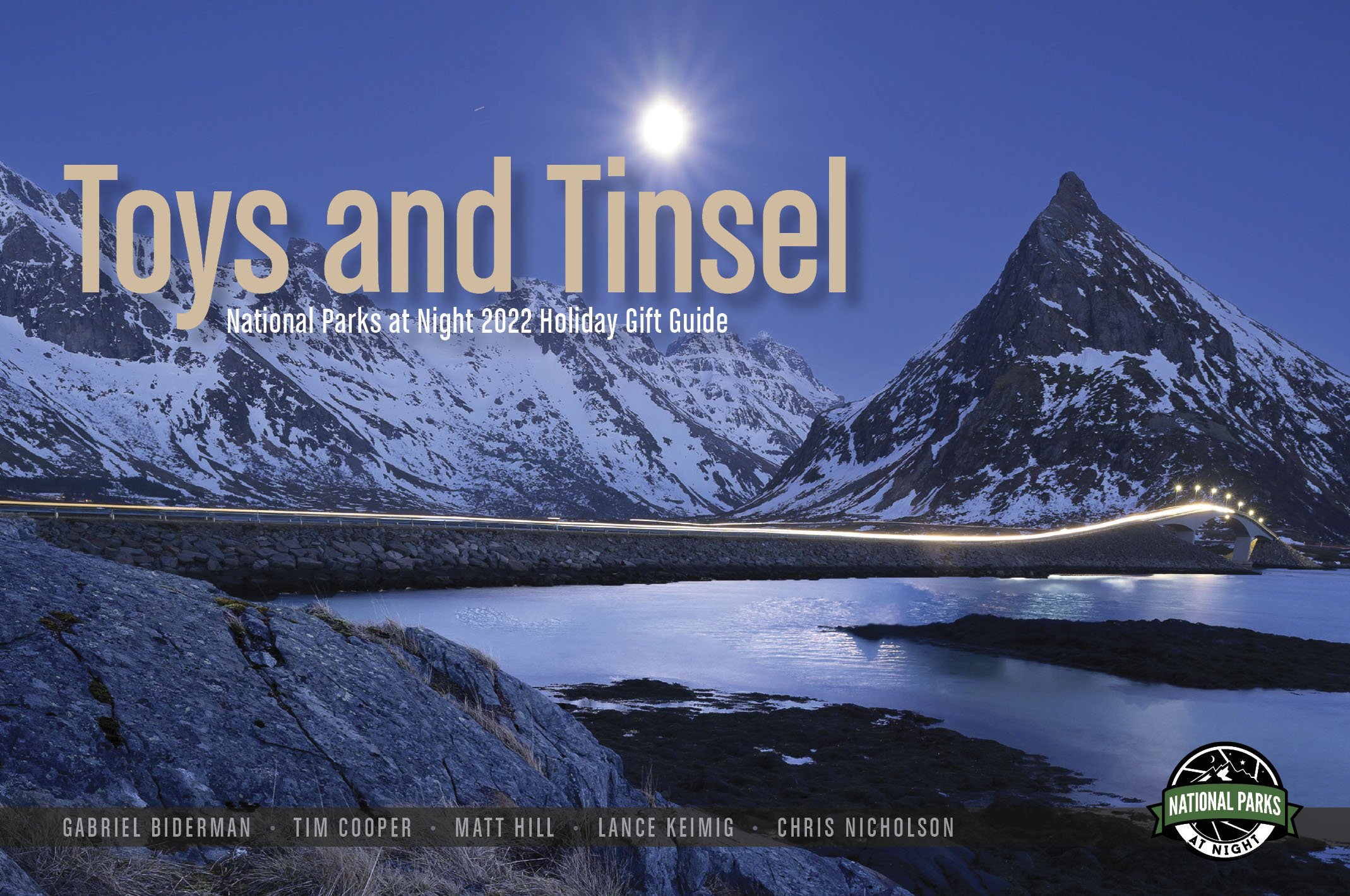We are thrilled to announce the return of the Night Photo Summit!
Now in its third iteration, the Night Photo Summit is a 3-day virtual conference that celebrates everything night photography. Each year we aim to make it a little bigger, a little better, and to bring you even more opportunities to learn, to be entertained and (of course) to Seize The Night!
We know that there are many night photography enthusiasts out there who are looking to connect and learn, so we created the summit to exalt in the joys of our shared passion. Perhaps you’re hunkered down for the long cold winter, not able or ready to travel, but still keen to expand your knowledge and be better prepared for the coming Milky Way season. Maybe you’d like to learn a new technique to broaden your horizons, or simply long for that kick in the pants that a healthy dose of inspiration can provide.
The Night Photo Summit has all that covered––and then some.
Join us from February 3-5, 2023, to experience 3 days of dynamic presentations from 35-plus world-class photographers, authors, artists, astronomers, and national park and dark-sky activists.
Sessions and Speakers
This year’s summit features sessions on creativity, auroras, publishing photography books and lighthouses, as well as (of course) night photo techniques, including image capture, different ways of combining exposures, lighting, mobile night photography, post-processing and more.
There are classes for all levels, including a series of five recorded presentations that cover all the fundamentals of night photography. You’ll have access to those before the summit begins if you’d like a refresher, or to get you up to speed if you are just getting started in night photography.
There are intermediate and advanced level courses, as well as instructive, inspirational and informative sessions covering a wide range of topics. All in all, the programming totals over 45 hours of learning and virtual adventure.
Our incredible lineup of speakers and talks includes:
Albert Dros: “Cities Come to Life After Sunset”
Alyn Wallace: “Night Sky Wonders”
Chris Nicholson: “Photographing Moonlight”
David Zapatka: “USA Stars and Lights: A Lighthouse Project”
Dirk Ercken: “Light Painting from Within the Scene”
Elia Locardi: TBA
Forest Chaput: “Choosing a Telescope (and Other Equipment) for Deep Sky Astrophotography”
Gabriel Biderman: “9 Parks at Night”
Harold Ross: “Light Painting the Still Life”
John Paul Caponigro: “Naked Eye, Camera Eye, Mind’s Eye”
Joseph DePasquale: “Unveiling the Infrared Universe with the James Webb Space Telescope”
Katrina Brown: “Designing the Night with Light”
Ken Lee: “Behind the Book: My Path to Publishing a Monograph”
Kevin Adams: “365 Nights: A Year of Inspiration”
Lance Keimig: “Know Your Options: Decisions That Lead to Your Best Images”
Matt Hill: “Color Management for Night Photographers”
Michael Frye: “Reducing Noise with Star-Stacking”
Noel Thomas: “Astro Time-Lapse Techniques”
Pete Mauney: “Plane Trails at Night: Visualizing Human Networks”
Phill Monson: “How to Put Nature First as Creators”
Rachel Jones Ross: “A Field Guide to Photographing the Northern Lights”
Rafael Pons: “Moon Photography Planning (from Beginner to Pro)”
Royce Bair: “Starlight Blends”
Russell Preston Brown: “New Developments in Mobile Night Photography”
Sandra Ramos: “How to Keep Your Instagram Account from Being Hacked”
Sherry Pincus: “Things That Go Bump in the Night: Staying Safe in the Wilderness”
Susan Magnano: “Spark your Creativity with Luminescent Portraits”
Tim Cooper: “5 Photoshop Techniques for Night Photography”
… and more to be announced!
Sponsors & Giveaways
Every attendee will be automatically entered into drawings for a large number of giveaways from our generous sponsors, as well as amazing session-specific giveaways from speakers. More info on that to come!
How to Join Us
If you’re into night photography, or if you want to get into it, this is an event you absolutely do not want to miss.
Tickets are $399, and include:
3 days, more than 35 instructors, over 45 hours of inspiration, instruction and fun
a Fundamentals series of video classes available on-demand before the summit weekend
1 year of access to re-watch all of the courses
a live image review session
exclusive glow-in-the-dark summit T-shirt (mailed to attendees with U.S. addresses, and we may be able to help those from other countries too!)
personal access to product experts from manufacturers and developers sponsoring the event
giveaways throughout the duration of the summit
an unprecedented opportunity to connect with like-minded photographers passionate about the night
Moreover, if you purchase your ticket by January 13 at 2 p.m. EST, you’ll get your shirt and a swag bag (USA only) before the summit!
Registration is available now, so sign up today and mark your calendars to join National Parks at Night for the world’s third online Night Photo Summit!
JOIN US ON SOCIAL MEDIA
As if that isn’t all enough, we’ll be releasing plenty more information over the next few weeks. To stay tuned in to it all, we invite you to follow the summit social media accounts on:
Instagram: @nightphotosummit
Facebook: @nightphotosummit
Twitter: @nightsummit
We are very much looking forward to seeing you online next month. In the meantime, feel free to ask us any questions via the social media accounts above, in the comments below, or through the Night Photo Summit webpage.
Seize the night … online!


